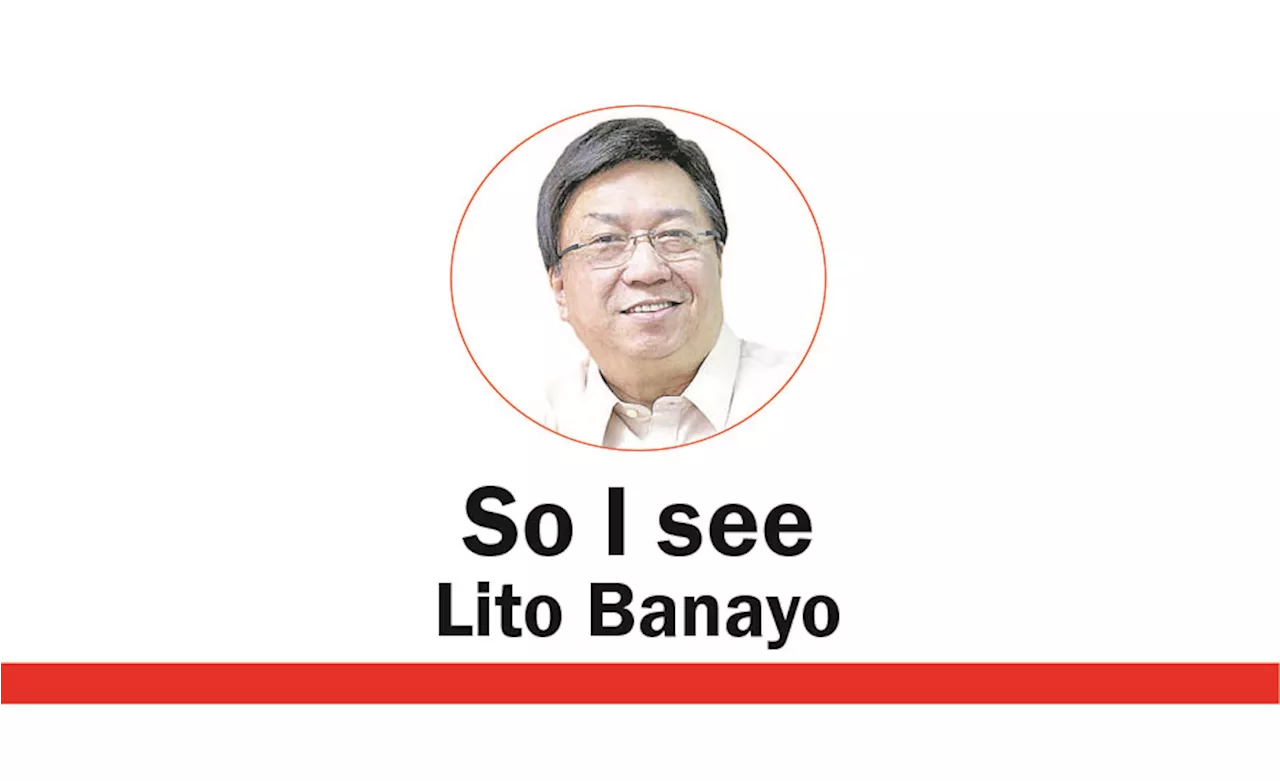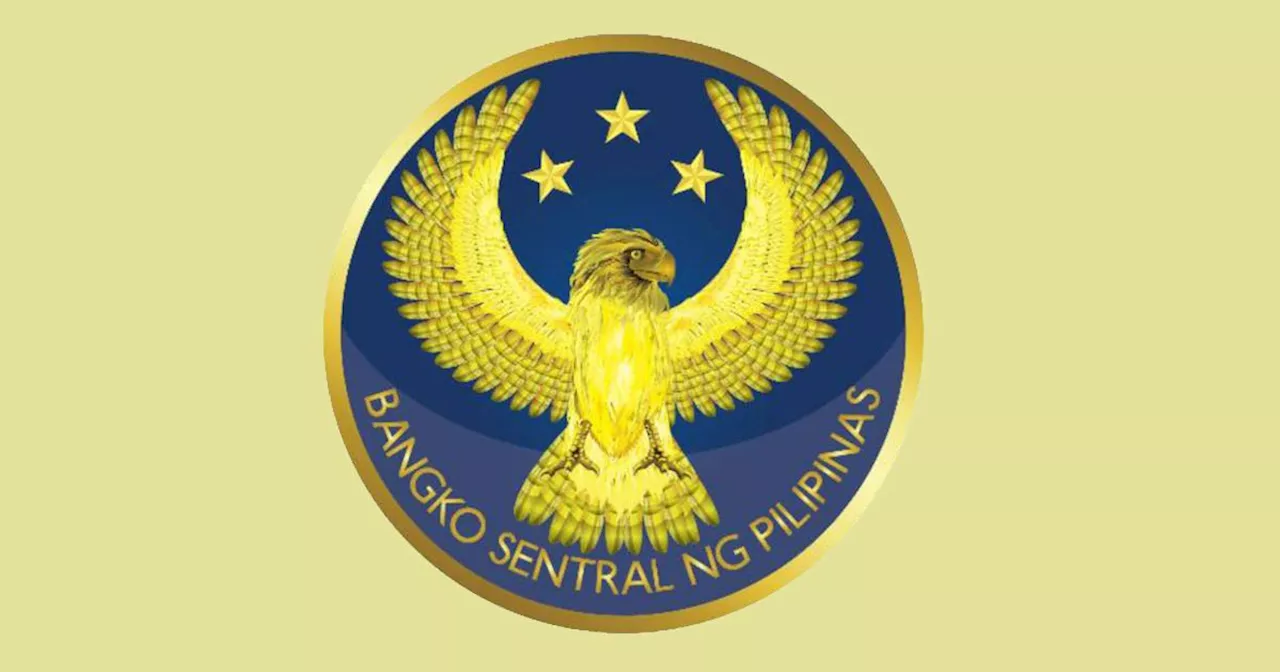The article critiques the Bangko Sentral ng Pilipinas' (BSP) recent redesign of Philippine paper currency, which replaced portraits of national heroes and past leaders with images of flora, fauna, and geography. The author argues that while aesthetically pleasing, this change undermines the BSP's implicit function of fostering a sense of nationhood among Filipinos by disconnecting them from their historical and cultural heritage.
Like all government institutions, the BSP is expected to foster a sense of nationhood among its Filipino stakeholders.
The phrase may not be part of the Act’s text, but “foster a sense of nationhood” is definitely an inherent function of the BSP. Like all government institutions, the BSP is expected to foster a sense of nationhood among its Filipino stakeholders.The BSP had been doing a commendable job of managing the monetary and financial systems of this country, but in recent times it has engaged in an activity categorizable as doing something likely to weaken the sense of nationhood of Filipinos.
Since its establishment, this country’s central bank—initially the Central Bank of the Philippines, later the Bangko Sentral ng Pilipinas—has designed and placed in circulation banknotes depicting national heroes and former Presidents of the Philippines. The faces of latter-day heroes were added to the list of subjects for post-EDSA Revolution banknotes. Three World War II heroes—General Vicente Lim, Secretary of Justice Jose Abad Santos and Josefa Llanes Escoda—were chosen to grace the P1,000 banknote. And as a tribute to their exemplary lives, President Corazon Aquino and her husband, Senator Benigno Aquino Jr., were chosen by the post-EDSA Revolution Monetary Board to grace the P 500 bill.
BSP PHILIPPINE CURRENCY NATIONAL IDENTITY HISTORY HERITAGE
Philippines Latest News, Philippines Headlines
Similar News:You can also read news stories similar to this one that we have collected from other news sources.
 BSP to accept 4 new digital banks in 2025The Bangko Sentral ng Pilipinas (BSP) is reviewing applications from prospective digital banks seeking to operate in the Philippines starting this year.
BSP to accept 4 new digital banks in 2025The Bangko Sentral ng Pilipinas (BSP) is reviewing applications from prospective digital banks seeking to operate in the Philippines starting this year.
Read more »
 New Filipino Currency Notes Spark ControversyThe newly redesigned polymer banknotes in the Philippines, featuring flora and fauna instead of heroes and past presidents, have sparked debate and criticism. The article explores the reasons behind the change, the public's reaction, and the implications for the country's economy.
New Filipino Currency Notes Spark ControversyThe newly redesigned polymer banknotes in the Philippines, featuring flora and fauna instead of heroes and past presidents, have sparked debate and criticism. The article explores the reasons behind the change, the public's reaction, and the implications for the country's economy.
Read more »
 New year, new cravings: What’s new at Pancake HouseThis first quarter of 2025, Pancake House introduces new offers for foodies looking for good deals and satisfying meals. With a mix of new pancake options and meal combos, these promotions aim to make every visit enjoyable.
New year, new cravings: What’s new at Pancake HouseThis first quarter of 2025, Pancake House introduces new offers for foodies looking for good deals and satisfying meals. With a mix of new pancake options and meal combos, these promotions aim to make every visit enjoyable.
Read more »
 BSP Extends Deadline for Consumer Redress Mechanism in EFTsThe Bangko Sentral ng Pilipinas (BSP) has extended the compliance deadline for consumer redress mechanism standards for electronic fund transfers (EFTs) to March 31, 2025. The extension aims to support the industry in fully implementing the required systems and strengthen trust in digital payments.
BSP Extends Deadline for Consumer Redress Mechanism in EFTsThe Bangko Sentral ng Pilipinas (BSP) has extended the compliance deadline for consumer redress mechanism standards for electronic fund transfers (EFTs) to March 31, 2025. The extension aims to support the industry in fully implementing the required systems and strengthen trust in digital payments.
Read more »
 Philippines Poised for Higher Growth in 2025 on Expected BSP Rate CutsMetrobank Research predicts the Philippines will see increased growth in 2025, fueled by further policy rate reductions by the Bangko Sentral ng Pilipinas (BSP). The research unit expects a 6.2% GDP growth in both 2025 and 2026, driven by increased consumption and investment spending. This forecast aligns with the government's target range of 6.0-8.0% for 2025-2028 and indicates an improvement from the anticipated below-target result for 2024.
Philippines Poised for Higher Growth in 2025 on Expected BSP Rate CutsMetrobank Research predicts the Philippines will see increased growth in 2025, fueled by further policy rate reductions by the Bangko Sentral ng Pilipinas (BSP). The research unit expects a 6.2% GDP growth in both 2025 and 2026, driven by increased consumption and investment spending. This forecast aligns with the government's target range of 6.0-8.0% for 2025-2028 and indicates an improvement from the anticipated below-target result for 2024.
Read more »
 BSP to Reduce Frequency of Policy Meetings to Six per Year Starting in 2025The Bangko Sentral ng Pilipinas (BSP) will reduce the frequency of its policy-setting meetings from seven to six per year beginning in 2025. The change aims to allow for more in-depth data analysis and consultations with sector experts.
BSP to Reduce Frequency of Policy Meetings to Six per Year Starting in 2025The Bangko Sentral ng Pilipinas (BSP) will reduce the frequency of its policy-setting meetings from seven to six per year beginning in 2025. The change aims to allow for more in-depth data analysis and consultations with sector experts.
Read more »
